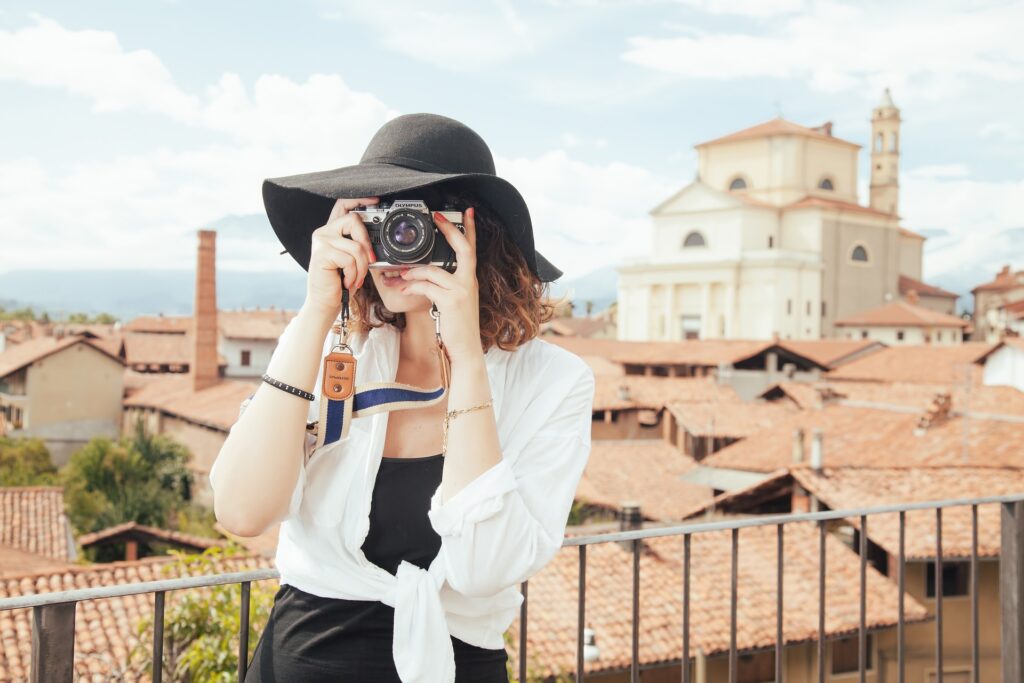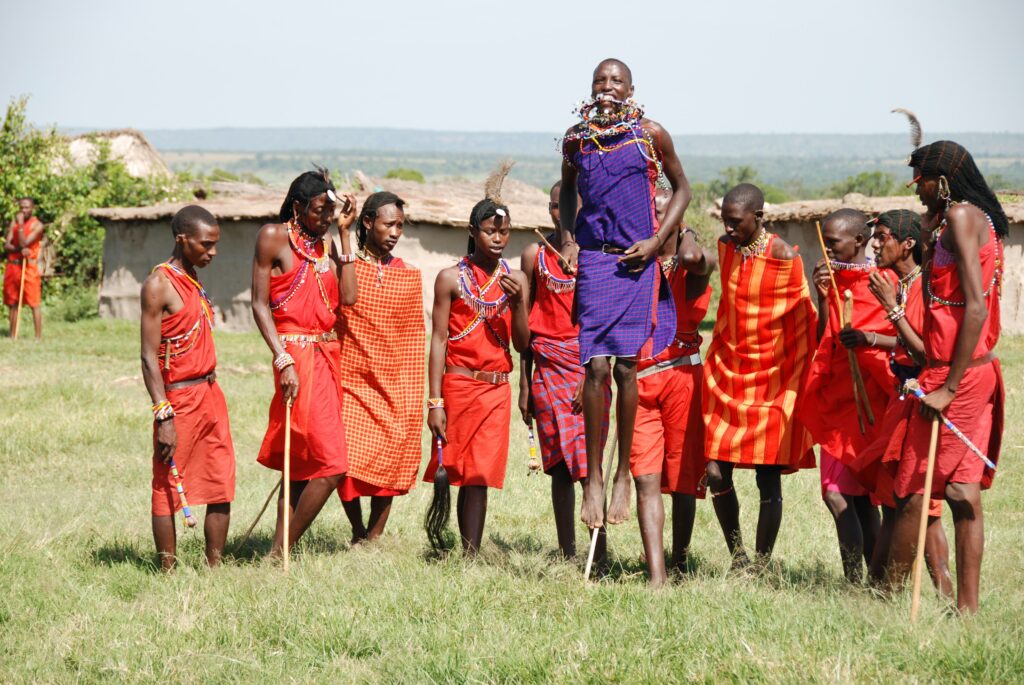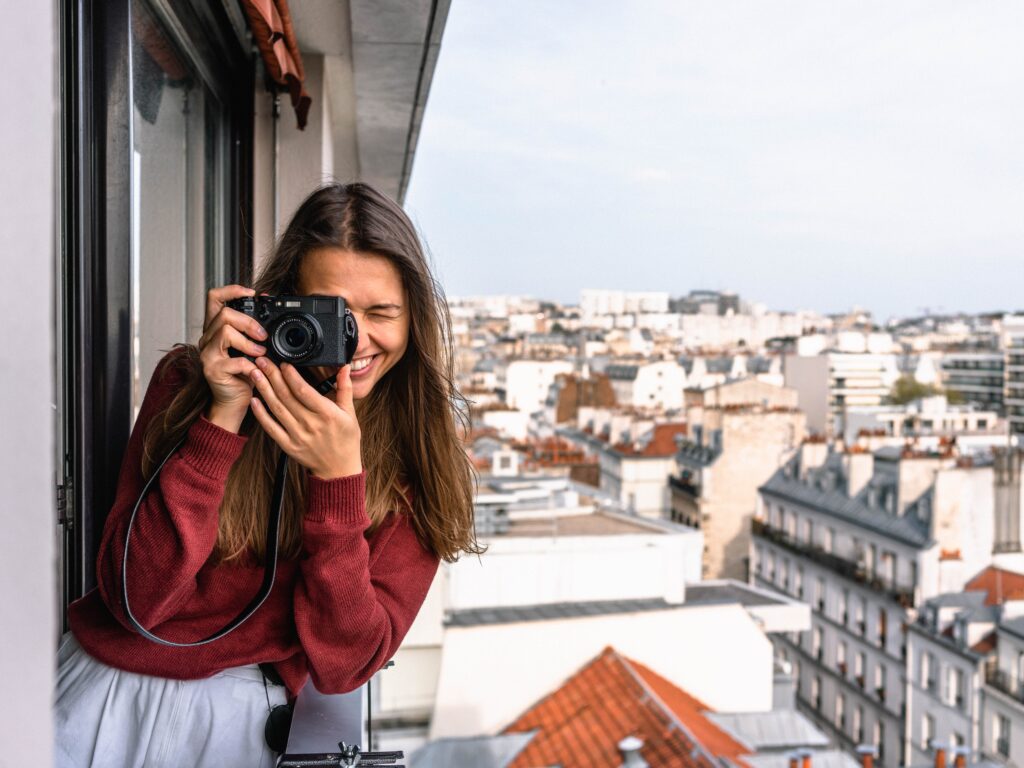Traveling is a transformative experience that allows us to explore new cultures, immerse ourselves in breathtaking landscapes, and create unforgettable memories. One of the most powerful ways to preserve these precious moments is through travel photography. With the advancements in technology, capturing stunning images has become more accessible than ever before.
In this article, we will delve into the art of travel photography, exploring techniques, tips, and the significance of documenting our journeys visually.
The Power of Travel Photography
Travel photography holds immense power in transporting us back to the places we’ve visited, rekindling the emotions and sensations we experienced in those moments. A single photograph has the ability to evoke nostalgia, ignite wanderlust, and tell captivating stories. It serves as a visual diary, encapsulating the essence of a destination and preserving it for generations to come.

Beyond personal reminiscence, travel photography also plays a vital role in sharing our experiences with others. Through social media platforms, blogs, or even printed albums, we can inspire and inform fellow travelers, fostering connections and expanding our global community. By showcasing the beauty and diversity of different cultures and landscapes, travel photography can promote cultural understanding, appreciation, and respect.
Techniques and Tips for Travel Photography
While anyone can take a snapshot with a smartphone, mastering the art of travel photography requires a combination of technical skills, artistic vision, and an understanding of the destination you’re capturing. Here are some key techniques and tips to help you elevate your travel photography:
Research and Plan: Before embarking on your journey, research your destination to familiarize yourself with its unique features, local customs, and iconic landmarks. This knowledge will enable you to capture the essence of the place more effectively.
Pack Light: When traveling, it’s essential to keep your photography gear compact and lightweight. A versatile camera with interchangeable lenses, a tripod, spare batteries, and memory cards are the basic essentials. Consider the weight and size of your equipment to ensure convenience during your travels.

Golden Hour Magic: The golden hour, the period shortly after sunrise or before sunset, offers soft, warm light that enhances the beauty of landscapes and creates a magical atmosphere. Make it a point to capture key moments during these times for stunning results.

Composition: Pay attention to composition to create visually pleasing images. Utilize the rule of thirds by placing key elements off-center, leading lines to guide the viewer’s eyes, and framing techniques such as archways or natural elements to add depth and context.
Capture People and Culture: While landscapes are captivating, including locals and capturing cultural scenes adds another layer of storytelling to your images. Seek permission when photographing people, respect their privacy, and strive to represent their culture authentically and respectfully.

Experiment with Perspectives: Don’t be afraid to experiment with different angles and perspectives to create unique and engaging photographs. Get down low, climb higher, or find unusual vantage points to offer a fresh and intriguing view of your surroundings.
Tell a Story: Aim to capture a series of images that tell a compelling story about your journey. Include details, close-ups, wide-angle shots, and candid moments to convey the atmosphere and emotions of the place.
Post-Processing: While capturing the perfect shot is important, post-processing can enhance the final image. Basic adjustments like exposure, contrast, and cropping can make a significant difference. Experiment with editing software to bring out the best in your photographs while maintaining their authenticity.
You Can Read Our Another Post Volunteer Tourism: Making a Difference While Traveling
The Significance of Preservation
In the digital age, where millions of travel images flood social media daily, the significance of preserving our travel photographs cannot be understated. It’s essential to go beyond the immediate gratification of sharing a photo online and invest time in curating and organizing our images for future generations.

Create backups of your photographs to ensure their safety and longevity. Store them in multiple locations, including external hard drives, cloud storage, and physical prints or albums. Just as our ancestors passed down photo albums that allowed us to connect with their experiences, our travel photographs hold the potential to create lasting connections and ignite curiosity in future generations.
More: Wanted to download Odia Deals, visit here
Moreover, consider printing a selection of your favorite travel photographs. Holding a physical print in your hands offers a tactile connection to the memories they represent. Frame them and adorn your living spaces with glimpses of the world you’ve explored, sparking conversations and inspiring wanderlust in those around you.
Conclusion
Travel photography allows us to freeze time and capture fleeting moments from our journeys. It goes beyond documenting destinations; it encapsulates emotions, cultures, and stories. With the power to inspire, inform, and transport us back to cherished memories, travel photography holds immense significance.

By mastering techniques, refining our artistic vision, and valuing the preservation of our images, we can create a visual legacy that enriches our own lives and those of others. So, as you embark on your next adventure, don’t forget to pick up your camera, immerse yourself in the beauty of the world, and capture the moments that will forever be etched in your heart and in your travel photographs.
What is travel photography?
Travel photography is the art of capturing images of people, places, and cultures while traveling. It is a way to document and share your experiences with others.
What equipment do I need for travel photograph
You can use any camera for travel photography, but a DSLR or mirrorless camera with interchangeable lenses will give you more flexibility and control. You may also want to bring a tripod, extra batteries, and memory cards.
What are some tips for taking better travel photos?
Some tips for taking better travel photos include researching your destination beforehand, looking for unique perspectives and angles, using natural light, capturing candid moments, and telling a story with your photos.
How can share my travel photos with others?
You can share your travel photos with others by creating a blog or website, posting them on social media, printing them in a photo book or album, or entering them in photography contests.
How can I make my travel photos stand out?
You can make your travel photos stand out by experimenting with different techniques and settings, using creative composition and lighting, and telling a unique story with your photos.

